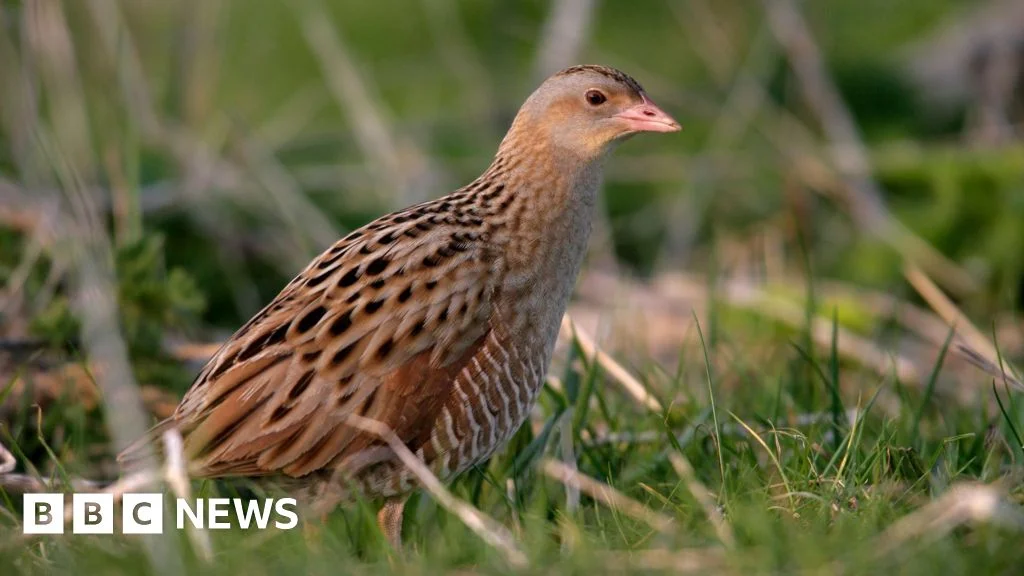
Reviving The Corncrake: A Community’s Fight For An Endangered Bird
The plight of the corncrake, a secretive bird on the brink of extinction in the UK, has garnered attention through community initiatives on Rathlin Island. This year, multiple tonne bags of nettle roots from across Northern Ireland have been transported to the island to create a suitable habitat for these birds as part of the RSPB's Giving Corncrake a Home Project.

The introduction of nettles is vital: corncrakes need tall vegetation for nesting and protection when they return from their winter migration in Africa. Despite a steady decline in their population since the 1970s, hopes are high as volunteers dedicatedly engage in nurturing this endangered species. Over the last five years, three to five calling males have been documented on Rathlin Island.

During the annual planting, volunteers wash and prepare nettle rhizomes, ensuring they are free from contaminants before transporting them to Rathlin Island. There, the ground is expertly prepped, and rotten silage bales are placed atop the nettles to act as natural fertilizer. "Next season there will be nettles growing, and hopefully corncrake will choose the place to breed," RSPB conservation officer Anne Guichard noted.
According to Liam McFaul, an RSPB warden, the corncrake is classified among the most endangered in the UK, appearing on the red list of the Birds of Conservation Concern. He passionately stated, "If care is not taken, corncrakes will be totally extinct. We can't stand by and imagine another generation that will grow up to think: 'Why did somebody not do something?'" This sentiment drives the dedicated work of every volunteer involved.
But why nettles? These fast-growing plants are crucial for the corncrake’s habitat, serving as a sanctuary for the birds and their chicks. As Fiona Robinson, a RSPB volunteer co-ordinator, mentioned, "In two years time, these nettles will create a lovely height, providing a great home for corncrakes," signifying an optimistic outlook for the ongoing conservation efforts.

This project is a testament to the power of community-led conservation efforts; it not only highlights the importance of preserving endangered species but also fosters a profound connection between people and nature. With the collaborative efforts of passionate volunteers, the corncrake takes a step toward a sustainable resurgence. Join the conversation: how can we further support lasting wildlife conservation?